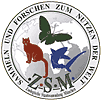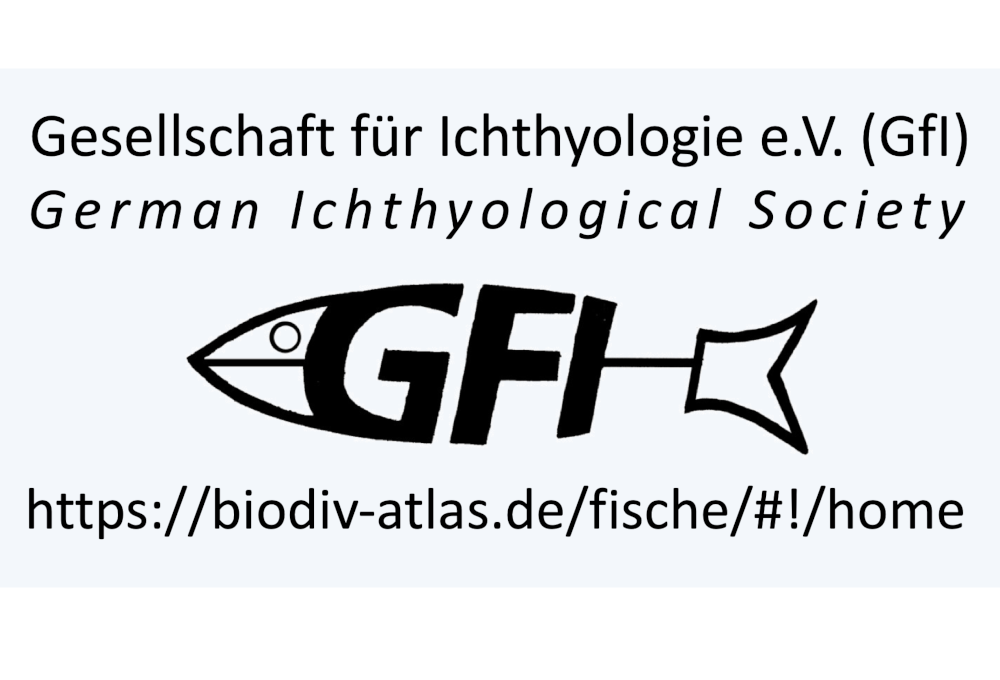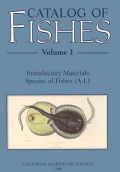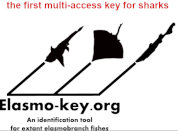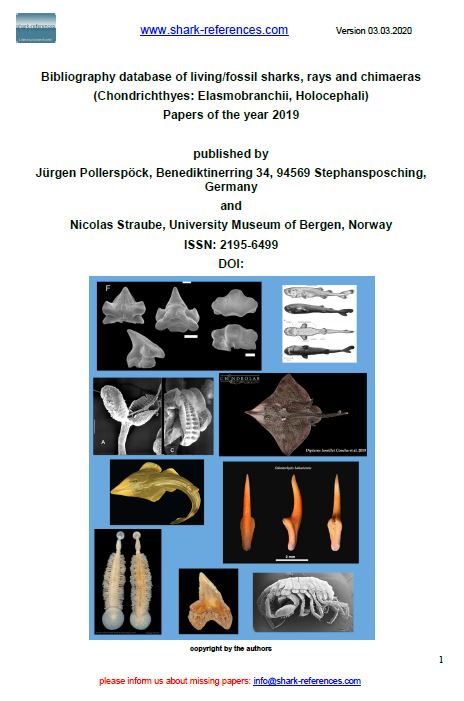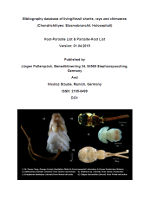Centroscyllium excelsum
Shirai & Nakaya, 1990
Highfin dogfish
Classification: Elasmobranchii Squaliformes Etmopteridae
Reference of the original description
A new squalid species of the genus Centroscyllium from the Emperor Seamount Chain. Japanese Journal of Ichthyology, 36(4), 391–398
A new squalid species of the genus Centroscyllium from the Emperor Seamount Chain. Japanese Journal of Ichthyology, 36(4), 391–398
Image of the original description
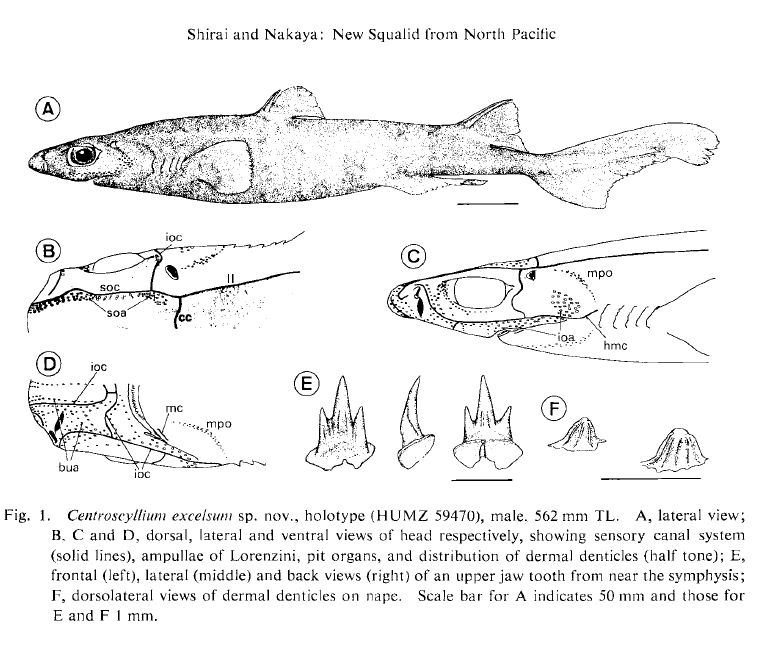
Centroscyllium excelsum sp. nov, holotype (HUMZ 59470), male, 562 mm TL; in: SHIRAI, S. & Nakaya, K. 1990 A new squalid species of the genus Centroscyllium from the Emperor Seamount Chain. Japanese Journal of Ichthyology, 36 (4): 391-398

Centroscyllium excelsum sp. nov, holotype (HUMZ 59470), male, 562 mm TL; in: SHIRAI, S. & Nakaya, K. 1990 A new squalid species of the genus Centroscyllium from the Emperor Seamount Chain. Japanese Journal of Ichthyology, 36 (4): 391-398
Types
Centroscyllium excelsum
Holotype: HUMZ: 59470; Paratype: CAS: 64434; HUMZ: 69275; HUMZ: 69278; HUMZ: 69276; HUMZ: 69264; HUMZ: 69262; HUMZ: 69280; HUMZ: 69265; HUMZ: 68733; NSMT: P 30094; USNM: 300576;
Centroscyllium excelsum
Holotype: HUMZ: 59470; Paratype: CAS: 64434; HUMZ: 69275; HUMZ: 69278; HUMZ: 69276; HUMZ: 69264; HUMZ: 69262; HUMZ: 69280; HUMZ: 69265; HUMZ: 68733; NSMT: P 30094; USNM: 300576;
Description :
Citation: Centroscyllium excelsum Shirai & Nakaya, 1990: In: Database of modern sharks, rays and chimaeras, www.shark-references.com, World Wide Web electronic publication, Version 12/2025
No image available.
Please send your images of "Centroscyllium excelsum" to
info@shark-references.com
Please send your images of "Centroscyllium excelsum" to
info@shark-references.com
Common names
 Highfin dogfish
Highfin dogfish
 Highfin dogfish
Highfin dogfish
Short Description
Original diagnosis of SHIRAI & NAKAYA, 1990 [3757]: An etmopterine species with lower jaw teeth similar to the upper in shape and arrangement; teeth with 2 to 4 lateral cusps; 1st dorsal fin very high, semicircular in shape, its height equal to or slightly larger than the base length; Ist dorsal spine prominently developed; 2nd dorsal spine originating well behind rear end of pelvic fin base, almost reaching apex of the fin; rear end of pectoral fin when laid back slightly anterior of Ist dorsal spine; inters pace between 2nd dorsal fin and upper lobe of caudal fin equal to distance from posterior rim of orbit to I st gill opening; dermal denticles conical with blunt tips, distributed sparsely, only on upper surface of head and trunk and proximal portion of both sides of pectoral fin; prefrontal wall (forming the ventral margin of prefrontal fontanelle) present with some foramina; subnasal stay and keelprocess of basal cranii present; genio-coracoideus arising directly from coracoid; 1st and 2nd interpharyngobranchiales only present; clasper with 3 basal cartilages and 3 spine-like terminal cartilages (claw, spur, and rhipidion).
Original diagnosis of SHIRAI & NAKAYA, 1990 [3757]: An etmopterine species with lower jaw teeth similar to the upper in shape and arrangement; teeth with 2 to 4 lateral cusps; 1st dorsal fin very high, semicircular in shape, its height equal to or slightly larger than the base length; Ist dorsal spine prominently developed; 2nd dorsal spine originating well behind rear end of pelvic fin base, almost reaching apex of the fin; rear end of pectoral fin when laid back slightly anterior of Ist dorsal spine; inters pace between 2nd dorsal fin and upper lobe of caudal fin equal to distance from posterior rim of orbit to I st gill opening; dermal denticles conical with blunt tips, distributed sparsely, only on upper surface of head and trunk and proximal portion of both sides of pectoral fin; prefrontal wall (forming the ventral margin of prefrontal fontanelle) present with some foramina; subnasal stay and keelprocess of basal cranii present; genio-coracoideus arising directly from coracoid; 1st and 2nd interpharyngobranchiales only present; clasper with 3 basal cartilages and 3 spine-like terminal cartilages (claw, spur, and rhipidion).
Dentition
Jaw teeth minute in size, arranged quincuncially and similar in shape on both jaws; 51 (51-66) on upper and 49 (48-65) on lower jaw margins. Each tooth (Fig. 1 E) on broad and bifid root, with an erect and sharp-pointed central cusp and a pair of short lateral cusps: up to 2 additional smaller cusps usually present in adult females, but very rare in adult males: 2 or 3 tooth series functional. [3757]
Jaw teeth minute in size, arranged quincuncially and similar in shape on both jaws; 51 (51-66) on upper and 49 (48-65) on lower jaw margins. Each tooth (Fig. 1 E) on broad and bifid root, with an erect and sharp-pointed central cusp and a pair of short lateral cusps: up to 2 additional smaller cusps usually present in adult females, but very rare in adult males: 2 or 3 tooth series functional. [3757]
Remarks
shark-references Species-ID=1268;
shark-references Species-ID=1268;
